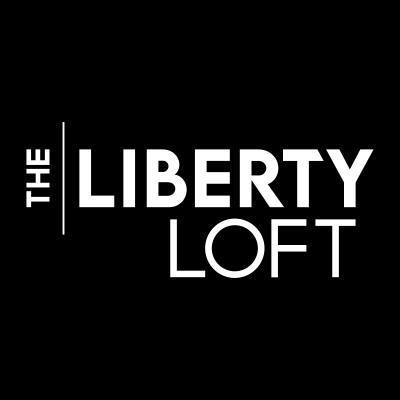



The Washington Stand, a publication of the Family Research Council, is publishing a warning to American parents that Joe Biden’s new budget proposes that government agents start teaching, and influencing, children starting at age 3.
A report notes that Biden’s proposed $6.9 trillion budget, “would have the hand of the government rock the cradle by creating a federally regulated, universal pre-K program for children as young as three.”
The report noted, “Altogether, President Biden would spend more than half-a-trillion dollars over the next 10 years to allow all American preschoolers to spend their formative years in a taxpayer-funded day care program. The president’s proposed 2024 budget includes billions of dollars to create ‘high-quality, universal, free preschool’ for ‘all of the approximately four million four-year-old children in’ the United States. Each of the 50 states may then ‘expand preschool to three-year-olds after preschool is available to all four-year-olds.’”
The programs would be watched by the Department of Education as well as the Department of Health and Human Services.
The ideology is expected to cost some $600 billion over 10 years.
It’s a long way from the first time such agenda has been pushed. Alpha History explains it was Robert Ley, a labor chief in Germany in 1938, who insisted, “We begin with the child when he is three years old. As soon as he begins to think, he gets a little flag put into his hand.”
In the Stand report, Nicki Neily, of the watchdog organization Parents Defending Education, warned, “While the creation of universal pre-K may seem benevolent, the fact that so many schools now teach age-inappropriate lessons on race and sex raises red flags that such a program would simply allow administrators access to children at even younger and more vulnerable ages.
“It’s time to stop obsessing over ‘equity’ and ‘diversity’ in education and instead return to teaching students a solid core curriculum that will give them the skills they need to thrive later in life,” the report said.
Parental concerns are being raised because Biden also wants to withhold federal funding from schools if they fail to promote the transgender ideology by allowing boys in girls restrooms and showers, and vice versa.
Pollster George Barna noted that children start forming their “world view” before they are two years old, and “If we don’t help them develop it, somebody else will.”
The report warned, “Government agencies have quietly begun normalizing the notion of federal bureaucracies overseeing the childrearing of infants by changing the educational nomenclature from ‘k-12’ (kindergarten through high school) to ‘p-12.’ The administration says it funds government-run childrearing programs so parents can ‘go to work or pursue training with the peace of mind that their children are being set up for a lifetime of success.’ Yet decades of social science conclusively shows children raised by their own parents have the best life outcomes, while children raised in preschools suffer a variety of physical and emotional harms.”
The report cited Lidnsay Burke, an expert at the Heritage Foundation, who noted, “In August 2013, Vanderbilt University released an evaluation demonstrating that children who went through Tennessee’s Voluntary Pre-K (TN-VPK) Program actually performed worse on cognitive tasks at the end of first grade than did the control group.”
Further, children in such day care classes were “anxious” and exhibited “vigilant behavior” if they were girls. Boys were “linked to angry, aggressive behavior.”
The Stand explained, “Universal pre-K has remained a goal of the Democratic Party for at least a decade. President Barack Obama in his 2013 State of the Union address demanded Congress ‘do what works’ by ‘working with states to make high-quality preschool available to every child in America.’ Obama referred to universal pre-K in the nation’s first-ever report to the U.N. Human Rights Council in 2010, noting that he used stimulus funds to ‘promote high-quality early childhood education.’ His Department of Education would ‘provide low-income students and students of color with increased access to early learning and education.”

This article was originally published by the WND News Center.
This post originally appeared on WND News Center.
